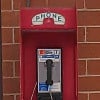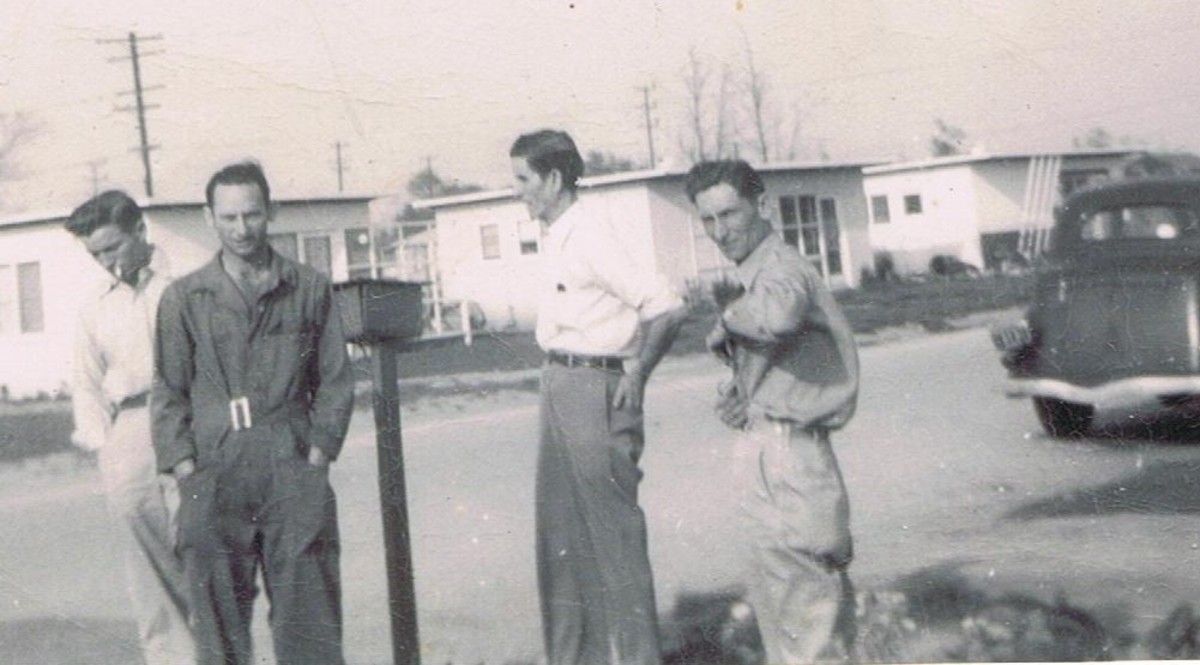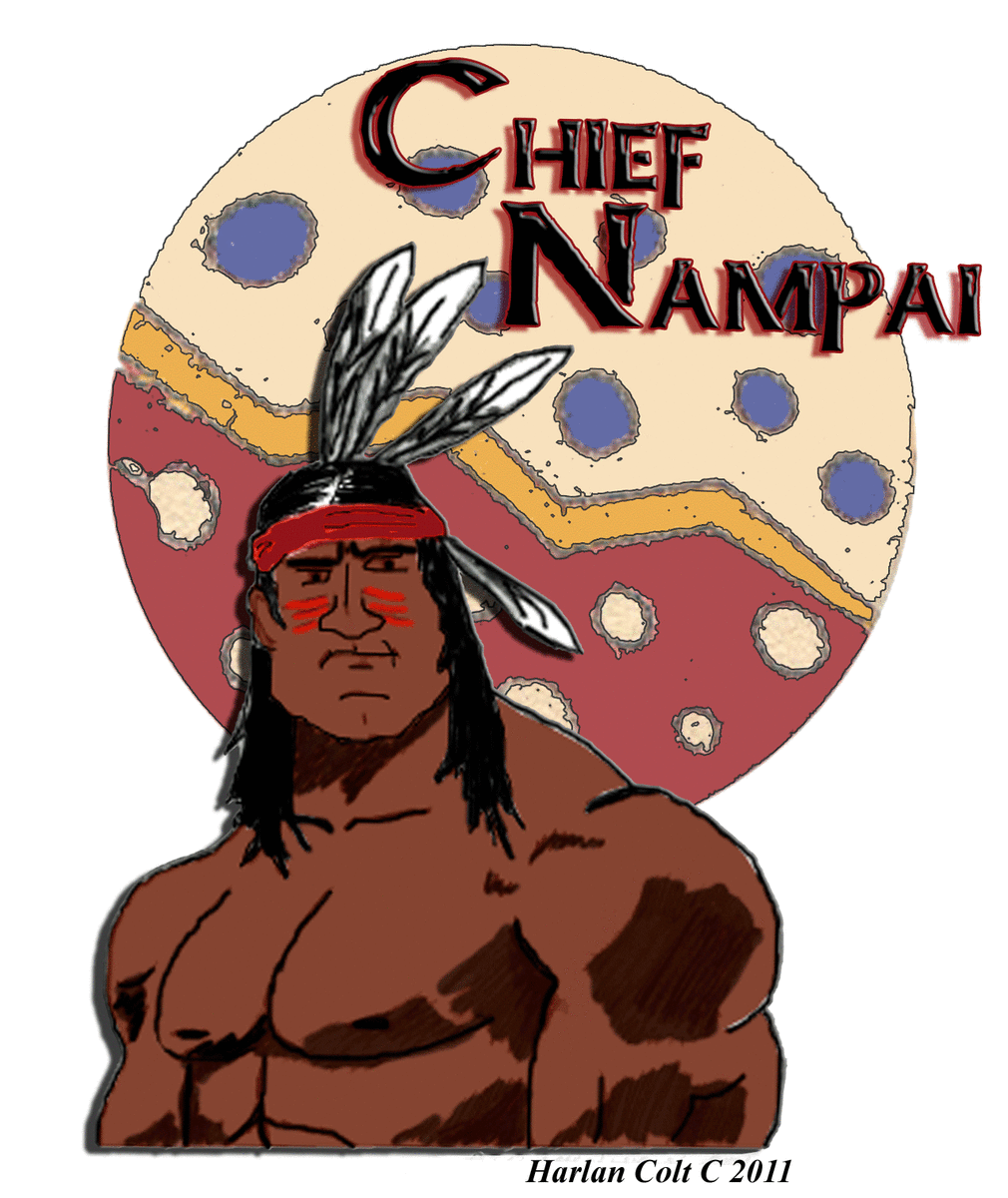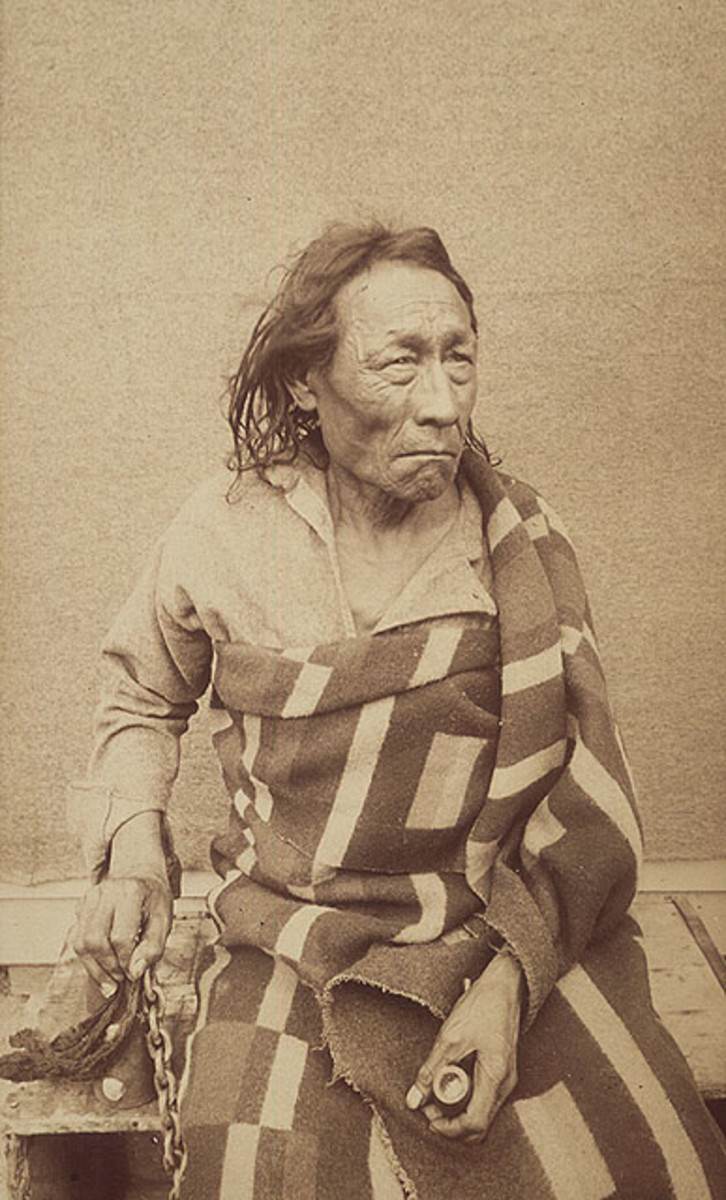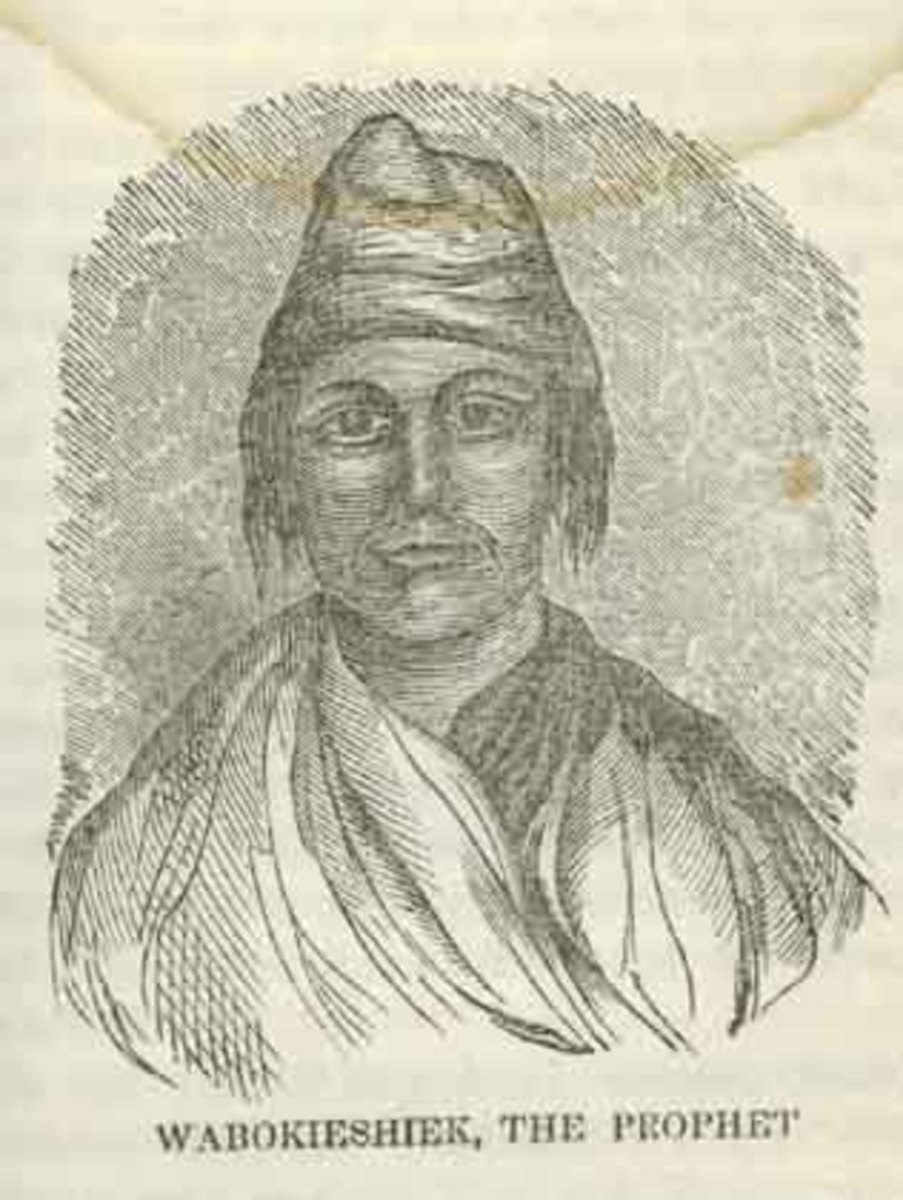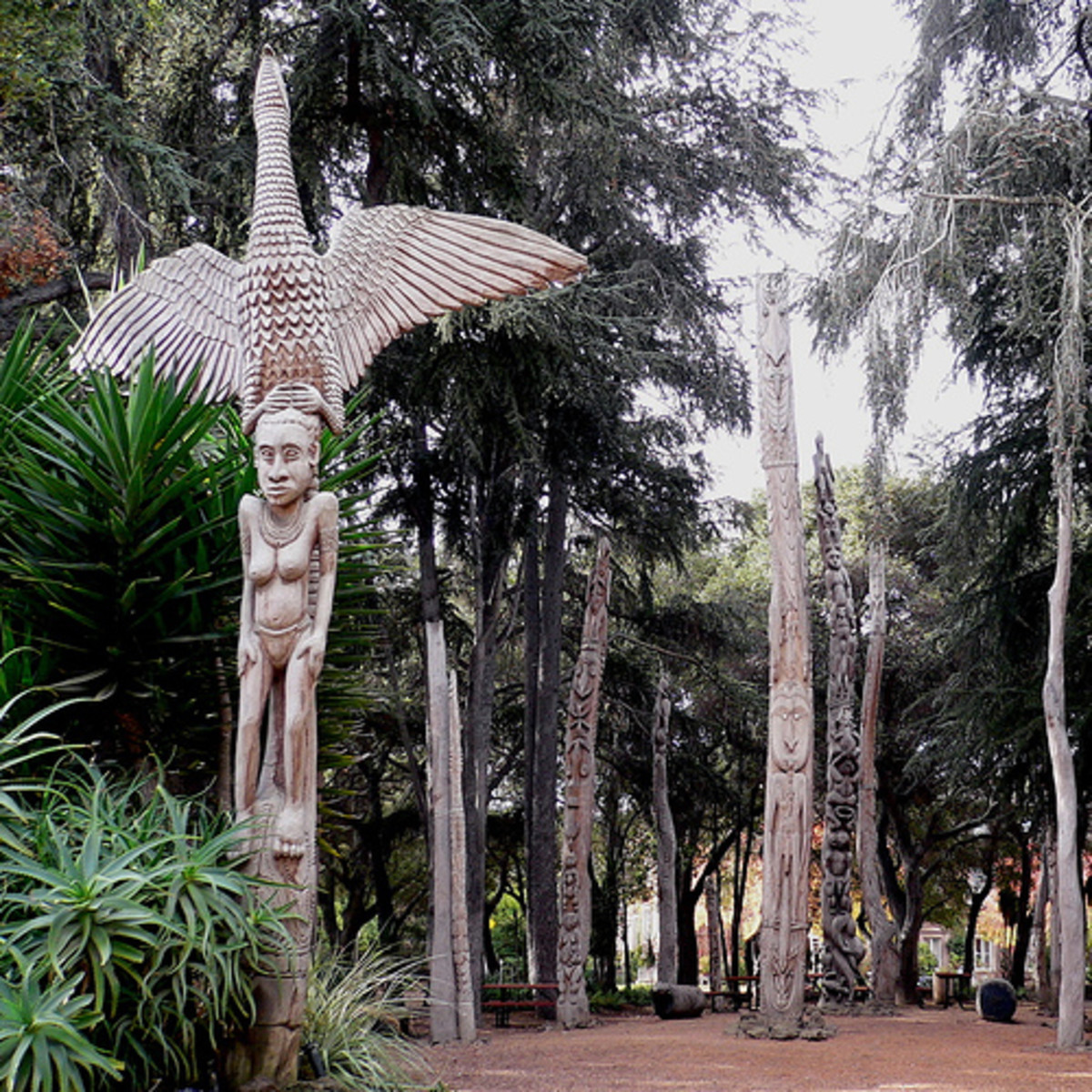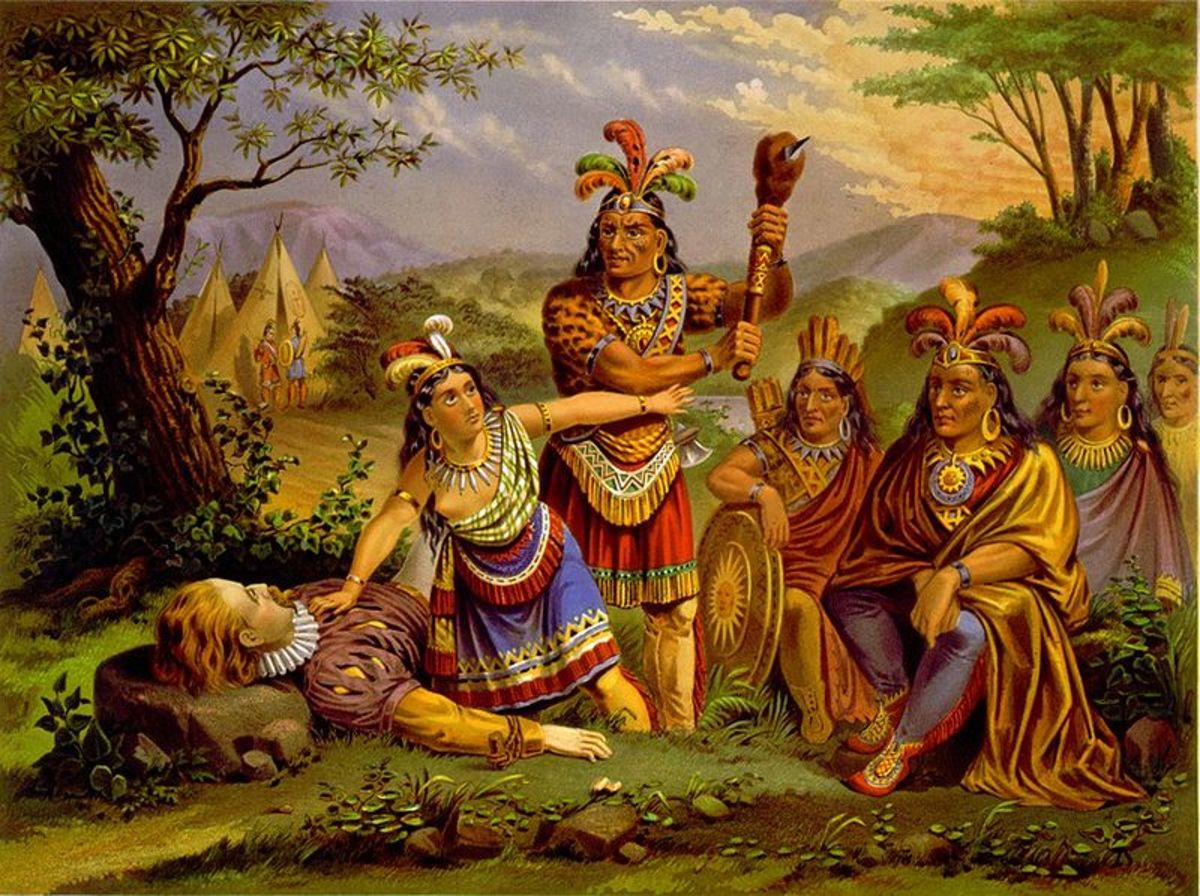- HubPages»
- Education and Science»
- History & Archaeology»
- History of the Americas
Chief Black Hawk, the Black Hawk War, many blackhawk sites
chief Black Hawk
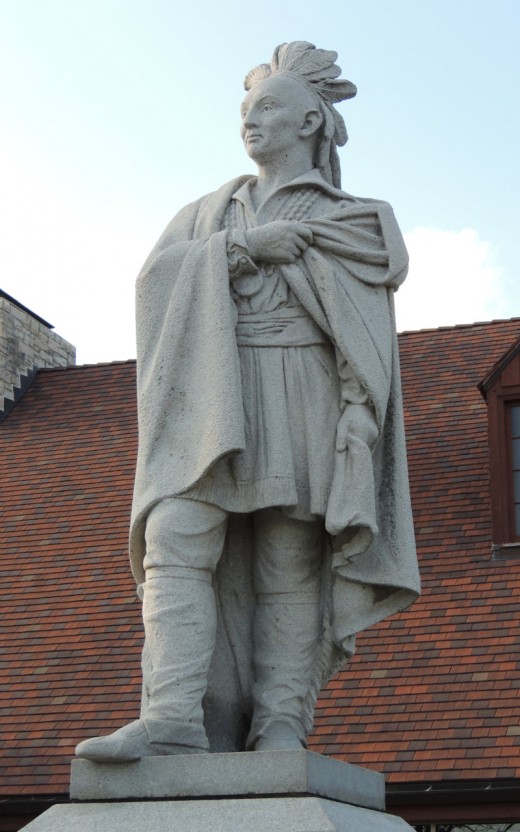
Keokuk

So just who was this Chief Black Hawk?
He is also known as Black Sparrow Hawk or Makataimesheklakiak “be a large black hawk. (1757-1838) was a leader and warrior of the Sauk American Indian Tribe. I have heard some question his authority or if he was a chief. I think this is a matter if viewpoint. He was not a hereditary civil Chief of the Sauk but was an appointed war chief .He was born great-grandson of Thunder, Nanamakee, an important principal chief among the Sauk. Although never a civil chief by his 18th birthday he had led war parties to victory.
Who Was Black Hawk?
In about the fifth grade one of the nuns thought I should do more reading. I recall her taking me down to the school library and picking books she thought I would enjoy. Mostly they were juvenile biographies of frontier heroes such as Davy Crocket, Buffalo Bill and Black Hawk. These book started me on a permanent interest in the frontier and it’s heroes.
Many years later I went to work for the Tank and Automotive Command (TACOM) at the Rock Island Arsenal, in Rock Island, Illinois. This is where the treaty was signed to end the Black Hawk War. It was Fort Armstrong back then. The Black Hawk war was the only one in which Abraham Lincoln served as a soldier.
One of my co workers, a man of Indian heritage, once said that he thought white people must really admire the Indians because they named so many things after them. I tend to agree with him. Despite the fact that Black Hawk was an enemy of the Americans in the War of 1812 and afterwards in what became the Black Hawk War. His name is everywhere.
The City of Rock Island, Illinois has an interesting park called Black Hawk Park with a museum displaying Indian life as well as the history of the park. It was once an amusement park such as Coney Island, where there were rides and other amusements. Back then it was developed by the streetcar company, as was Coney Island. The park lost business when the streetcars were replaced by personal automobiles. Luckily the park was kept as a public park. There are numerous things in the area named after Black Hawk, including a college, a bank and other businesses.
Black Hawk waged the last war against the white man in the Northwest territory. He was born in the Sauk village near the mouth of the Rock River. In the war of 1812 he joined with the British against the Americans.
In 1804 several Sauk and Fox Indians signed a treaty ceding lands east of the Mississippi to the United States. Under Chief Keokuk some moved across the river to Iowa. Squatters illegally began taking over the village and in 1831 American Troops forced his band to Iowa.
In the Spring Black Hawk led warriors back to Illinois.
Davenport Treaty House

War of 1812
He was leader of a band of Sauks at Saukenuk. He was opposed to ceding Native lands to white settlers and their governments. He particularly objected to the validity of Quashquame’s 1804 treaty between Sauk and Fox nations and the Indiana Governor William Henry Harrison. Black Hawk and other tribe members because the full tribal council had not been consulted nor did the representing tribes have authorization to cede lands. I think it happened fairly often in Indian white agreements that often parties on either side lacked full authority to make deals.
When the War of 1812 erupted between Great Britain and her northern colonies (Canada) and the United States Colonel Robert Dickson gathered a force of Indians at Green Bay. These were largely Potawatomi, Ho-Chunk, Kickapoo and Ottawa tribes. Dickson then got Black Hawk’s band of 200 warriors. He was given command of all Natives gathered at Green Bay, presented with a silk flag, a medal, and a written certificate of good behavior and alliance with the British. Black Hawk was given the rank of brevet Brigadier General. Twenty years later the certificate would be found after the Battle of Bad Axe.
Black Hawk War
Black Hawk signed a peace treaty in May of 1816 that re-affirmed the treaty of 1804, but he later protested it.
The Sauk and the Fox tribes by treaty vacated the Illinois lands and moved across the river to Iowa. Black Hawk came across to Illinois to confront the situation but found no allies. However, an undisciplined militia attacked and that led to the Battle at Skillman’s Run and to the Black Hawk War. E. David Edmunds in an essay “National Expansion from the Indian Perspective”....on May 14, 1832 the Black Hawk War probably would have terminated without bloodshed if the drunken militia partially composed of miners from Wisconsin’s Fever River District and commanded by Major Isaiah Stillman had not attacked Black Hawks envoys as the old Sauk War Chief prepared to surrender.”
The war ended in the clash at Bad Axe at the mouth of the Bad Axe River. Hundreds of men women and children were killed by pursuing soldiers, Indian allies and a U.S. Gunboat.
Blackhawk helicopter

After the war
Chief Black Hawk was captured along with what was left of the British. Black Hawk was held in captivity at Jefferson Barracks along with other leaders of the British leaders. President Jackson ordered them sent east. They traveled by steamboat, carriage and train. with large crowds greeting them everywhere. They met with the President and his Secretary of War. They then went to prison at Fort Monroe in Virginia where They spent only weeks in prison the mostly posing for pictures.
Going back west by steamboat they again met huge crowds in large cities along the way. The West was less friendly. In Detroit a crowd hung effigies of them.
Near the end of his captivity in1833 Black Hawk told his life story to an interpreter which was edited by a local reporter and it became the first autobiography of a Native American published in the United States. It was a best seller.
Black Hawk was transferred back to his nation and he lived with them along the Iowa River and later Des Moines River in southeast Iowa. He died October 3, 1838 after an illness of two weeks and was buried on the farm of a friend.
Sadly his remains were stolen by someone who prepared his skeleton to exhibit. His sons went to the governor of the Iowa territory who used his influence to get the bones back. By agreement they were left in the care of the Burlington Geological and Historical Society… His remains were destroyed, however, when fire consumed the building. At least that is one version of what happened.
In modern times we see Black Hawk as a tragic hero and there are many commemorations of him. Roads, sports teams and schools. Having the Blackhawk helicopter named for him is an honor from a former enemy.
As my friend said, I think the white man does admire the Indian.
© 2010 Don A. Hoglund
